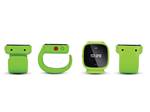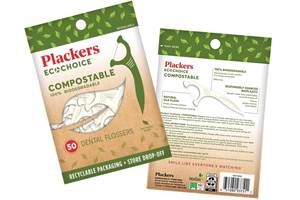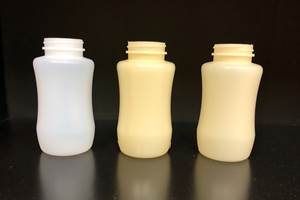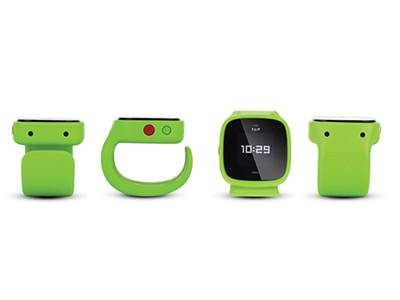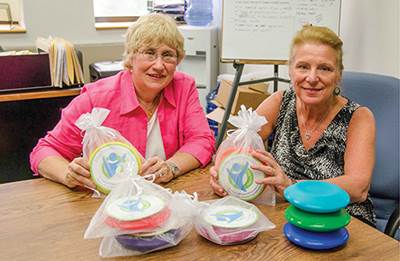Extreme Molding’s Joanne Moon Reflects on 38 Years
Nearly 40 years in medical plastics working in extrusion and injection with stops at an OEM, a startup, a material supplier and finally a custom molding operation give Joanne Moon a very unique perspective on the intersection of plastics and healthcare.
Joanne Moon, who in 2002 cofounded custom molder with Lynn Momrow-Zielinski, will bring the breadth and depth of that experience to Molding 2015 (June 16-18, Chicago) where she’ll deliver a presentation as part of the Medical and LSR session.
Recently, Moon reflected with Plastics Technology on her ever-changing path in the industry:
- Plant Manager at C.R. Bard in 1978 in charge of manufacturing extruded and molded catheters
- Employee No. 2 at startup UroMed Corp.
- Worldwide General Manager for Healthcare Products for Saint-Gobain
- Co-founder Extreme Molding (Read Plastics Technology’s July 2013 Onsite for more on Extreme)
She also gave her insights on the future of the sector, including where technology is taking it. Extreme Molding specializes in molding plastics and silicone life sciences products and high end consumer products, with overmolding as a core competency. As a contract manufacturer, Extreme also provides packaging and fulfillment for its customers “shipping around the block or around the world.”
PT: What are some of the processing challenges associated with molding silicones and thermoplastics in the same facility? How do you overcome these?
Moon: The two materials are totally different processes, one running the final product in a hot mold, the other a cold mold. We therefore have to stagger the equipment for chilling and heating requirements. We also have to have technicians with different skill sets in the installation and process set-ups of each type. We have done a great deal of training and planning to overcome the differences.
PT: What are some of the reasons Extreme Molding has been able to reshore jobs? Is this trend continuing?
Moon: We have been competitive in our pricing, and emphasized quality and delivery as well as volume flexibility. We receive probably 3-5 calls a week from companies producing overseas eager to transition to the states. The most vulnerable group is in infant and female healthcare products, where material integrity is such a concern. The trend is increasing.
PT: What is the biggest challenge associated with over molding, particularly mixing materials?
Moon: The biggest challenge with over-molding is the temperature and processing parameters of the two materials. The second biggest challenge is bonding of the two materials.
PT: Given when Extreme was founded (September 2002), and the market challenges that plastics in particular and manufacturing in general have seen since that time, what have been the keys to the company surviving and succeeding?
Moon: Extreme has always focused on markets that were less “commodity pricing” focused, and we have been very fiscally conservative. The economic black cloud was seen by us, and we started doing contingency planning and really reigning in our expenses. We turned down several opportunities if they were not a good fit with our material and molding expertise and could not yield the level of gross margin we needed to be profitable.
PT: In the ‘old boys club’ of plastics, has it been difficult to succeed as a woman-owned 大象传媒?
Moon: Just the opposite—many of the customers for the markets we serve prefer dealing with women. At the end of the day, all that matters is that we can deliver to our customers a quality product, at an affordable price, on time.
PT: From a process and technology standpoint, what are the keys to serving the medical/healthcare market?
Moon: The process and technology must support a repeatable process with very little variation in specification and quality. We perform statistical quality control as well as 100% inspection on all the products we ship. In addition, impeccable material and lot traceability is critical to our customers.
PT: What new technologies is Extreme most excited about and/or interested in?
Moon: We are most excited about new techniques for imbedding electronics into substrates, new over-molding techniques and new materials, such as the evolution of TPE/TPU grades. We are also intrigued with a new class of fast cure silicones as well as fiber reinforced silicone.
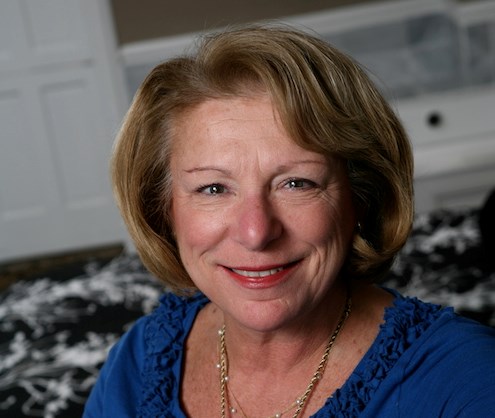
Related Content
How to Optimize Injection Molding of PHA and PHA/PLA Blends
Here are processing guidelines aimed at both getting the PHA resin into the process without degrading it, and reducing residence time at melt temperatures.
Read MorePaperless ‘Smart Factory’ Based on Automated Production Monitoring
Tier 1 automotive molder’s home-built production-monitoring and ERP systems, designed for “the little guy,” boost its efficiency rating and profits.
Read MoreMedical Tubing: Use Simulation to Troubleshoot, Optimize Processing & Dies
Extrusion simulations can be useful in anticipating issues and running “what-if” scenarios to size extruders and design dies for extrusion projects. It should be used at early stages of any project to avoid trial and error and remaking tooling.
Read MoreHow to Extrusion Blow Mold PHA/PLA Blends
You need to pay attention to the inherent characteristics of biopolymers PHA/PLA materials when setting process parameters to realize better and more consistent outcomes.
Read MoreRead Next
For the Adventurous, Opportunities Beckon in Overmolding RFID Tags
Insert molding RFID tags and antennas is a growing market opportunity with relatively few players who have braved the challenges involved.
Read MoreExtreme Molding’s Mantra: ‘Find Your Niche and Stick to It’
For a small custom injection molder competing in today鈥檚 global market, Lynn Momrow-Zielinski has two pieces of advice: 1) Develop a 大象传媒 plan and stick to it. 2) Find a technical and/or market niche and stick to that, too.
Read MoreSee Recyclers Close the Loop on Trade Show Production Scrap at NPE2024
A collaboration between show organizer PLASTICS, recycler CPR and size reduction experts WEIMA and Conair recovered and recycled all production scrap at NPE2024.
Read More
